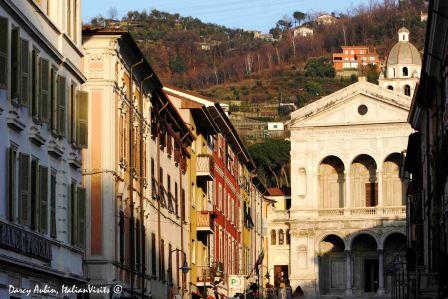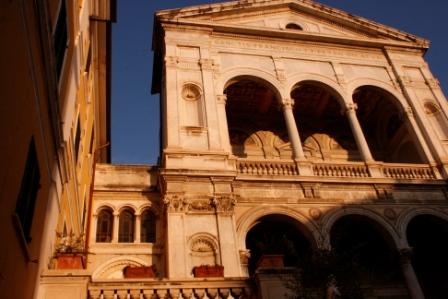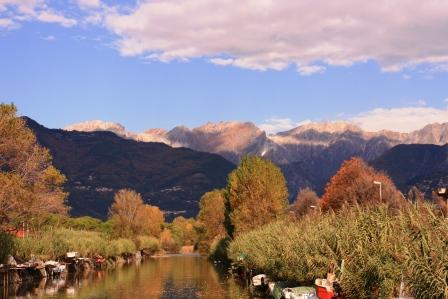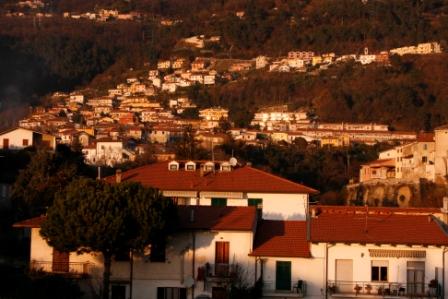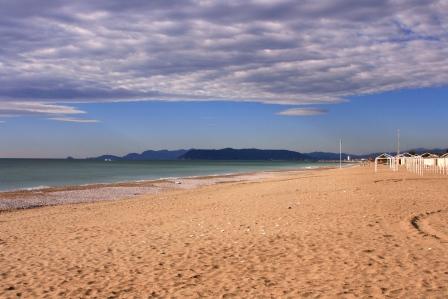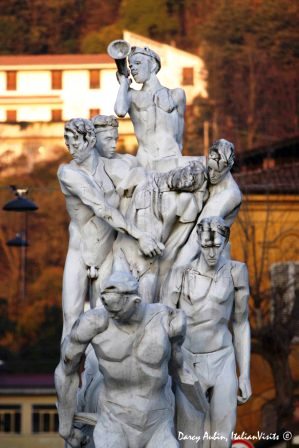Over centuries, Massa, has been influenced by the domination of the Malaspina Family (who ruled the city between the 15th and 16th centuries) and also by the certain changes made to the city during the 19th century which still have a strong influence over numerous aspects of the city's aesthetic appeal.
At the beginning of the 19th
century Massa was under the
control of Elisa Baciocchi,
the sister of Napoleone, who
governed the city as the Grand
Duchess of Tuscany.
Elisa Baciocchi had a huge
influence over the city of
Massa making many significant
changes throughout her reign
to the aesthetical appeal of
the city.
It was thanks to her that
some of Massa's most important
areas of the city (such as the
Piazza degli Aranci, which was
appointed as the focal point
of all activity in the city by
her).
The urban renewal of Massa
during the 19th century
succeeded in reorganising and
improving the old regions of
the city. However,
consequently there are now few
traces of the city's original
medieval structure.
One of the only examples of
the city's Medieval heritage
is the imposing Rocca
(as shown in the first photo
on this page) which is city's
most prominent building,
noticeable from almost
anywhere in the vicinityof
Massa. La Rocca "The
Rock" was constructed
between the 15th and 16th
centuries, and which
exemplifies classical Medieval
style.
The centre of Massa is a busy
place, with several bars,
cafes and designer boutiques.
Not far from the historical
centre of the town are
beautiful white sand beaches
which span the coast.
Visiting the coastal region in
addition to the towns of
Pietrasanta, Massa and Carrara
make for a fascinating day in
Northwest Tuscany.


